Origin, Persia (Iran) from the 19th century.
We find this type of old Senneh rug quite rarely, but even more rarely when they are so abundantly worked, the fields often being composed of a repetitive decoration.
The niche or mirhab is decorated with stairs, it is placed on a putty-colored bed tending to a faded almond green, strewn with multicolored flowers, stylized tarantulas and a large tree of life in the center.
Commonly called Kilims, these sumptuous rugs are flat-woven from wool and colored with natural dyes of plant and mineral origin.
These are traditional Kilims originating from North-West Iran.
## We find practically the same nuances of this piece in the Obruk rugs from Anatolia, Turkey, of which we have two models on our Proantic gallery (see the last two photos).
Obruk kilim 96 x 136 cm: €1280 page 3 & Obruk kilim 140 x 197 cm: €2450 page 4
Very popular and coveted with cheerful and fresh colors, and ethnic patterns in regularly geometric shapes.
The wools used are always of very high quality.
Our model has a good size, its borders and edges are in good condition, as well as the entire area of the carpet.
Shades of brick, orange, putty, almond green, ivory, black, pale blue remain particularly luminous.
The patterns are abundant which is extremely rare. All stylized, flowers, characters, birds, .... numerous "S" symbolizing God, a motif used especially in the nearby Caucasus, but also having the meaning of the "Auspicious Dragon".
The kilim is a wool rug, woven in low smooth.
It is a specific handicraft product of Muslim nomadic peoples, particularly from Anatolia, Iran and the Caucasus.
The kilim, also spelled klim or kelim (word of Turkish origin), is a carpet without velvet because it is embroidered instead of knotted.
The kilim is made in various cities in Anatolia and Iran.
Its name, which comes from the Persian gelim, is used to designate a flat-stitch wool carpet found mainly in the Near East, the Caucasus and Central Asia and which appeared almost 10 000 years ago.!
Kilims have their meaning.
They emanate a strong identity retracing the memory of the sedentary, nomadic and semi-nomadic people who make them.
A style, an identity characterizes a tribe, a village: fiery or sober colors, complex or refined patterns depending on the region.
The patterns correspond to ancestral symbolic writing inherited from shamanist beliefs.
The geometry of the patterns and their ethnic tone characterize their DNA coming from the dawn of time.
The kilim was originally used as an indoor stole, blanket, prayer rug or carpet protecting the floor of mosques and yurts.
Nowadays, it can be used on the floor, on the walls, as a sofa throw, as a headboard or as curtains.
An artifact like this deserves a prominent place on the floor or a place on the wall, like a modern art painting
Dimensions: Width: 142 cm (56") x Length: 220 cm (86")
This rug has been cleaned in a professional and ecological manner.
FREE SHIPPING FOR FRANCE 0€ / EUROPE 25€ / WORLD 50€ For more information you can contact me on 06 13 36 09 30 and this 7/7 or by email at winsteinprovence@gmail.com, in advance, thank you .
More photos on request.
www.winsteinprovence.com
I will provide a full report on this piece.
COME AND VISIT US !














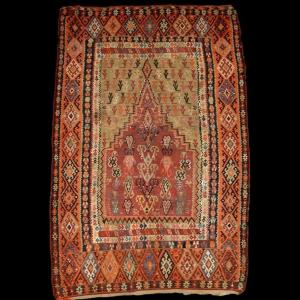












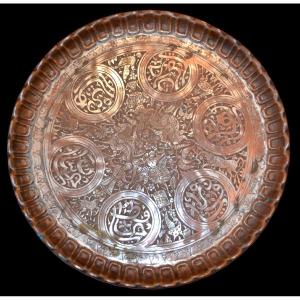




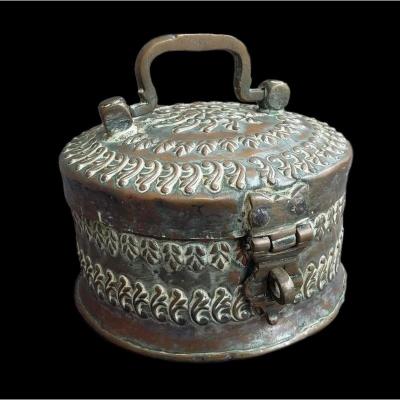

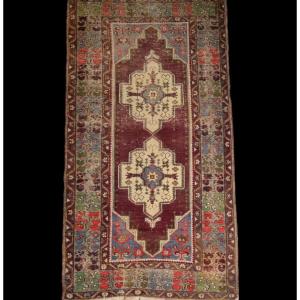
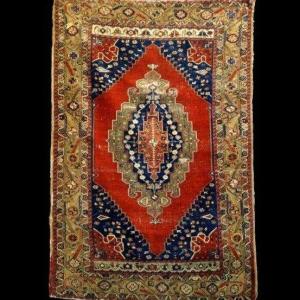
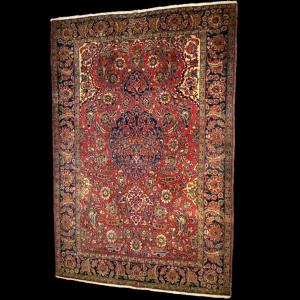
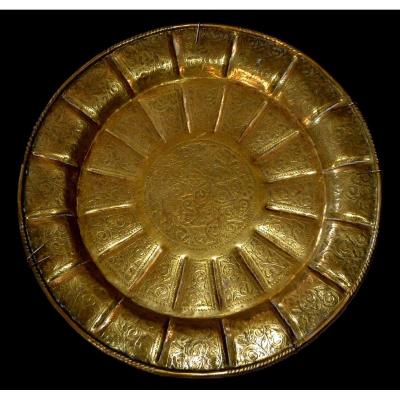
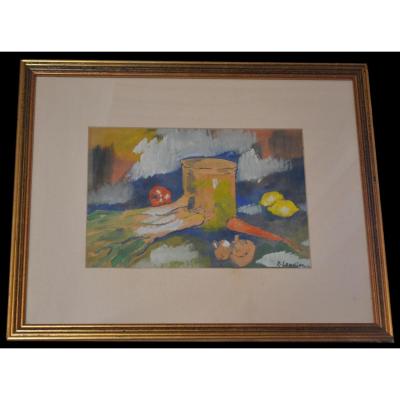
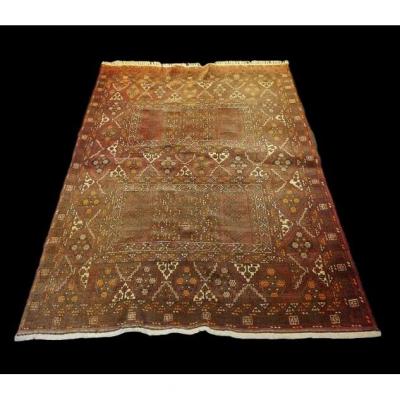

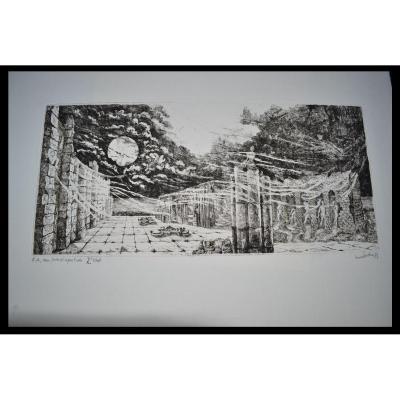
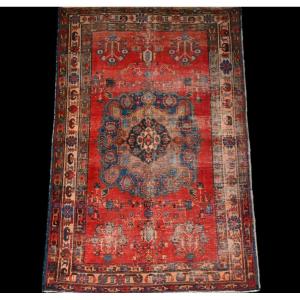
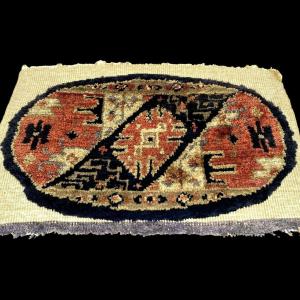
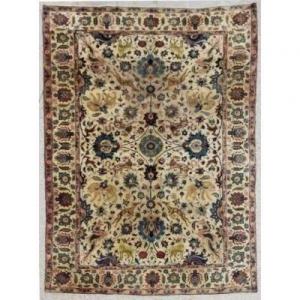





 Le Magazine de PROANTIC
Le Magazine de PROANTIC TRÉSORS Magazine
TRÉSORS Magazine Rivista Artiquariato
Rivista Artiquariato